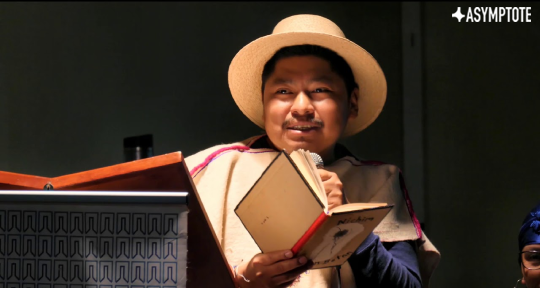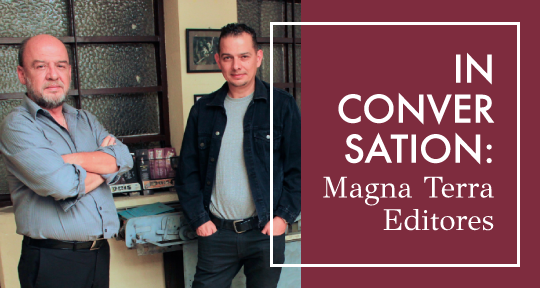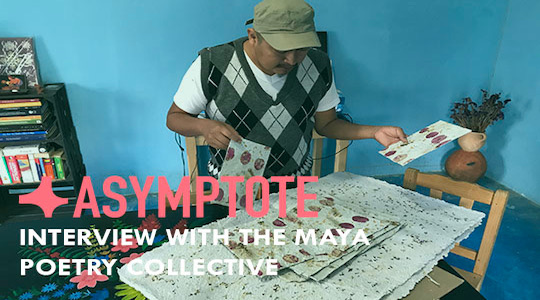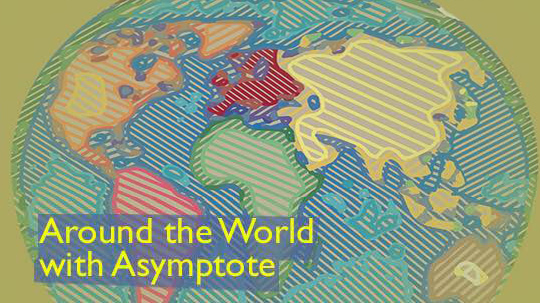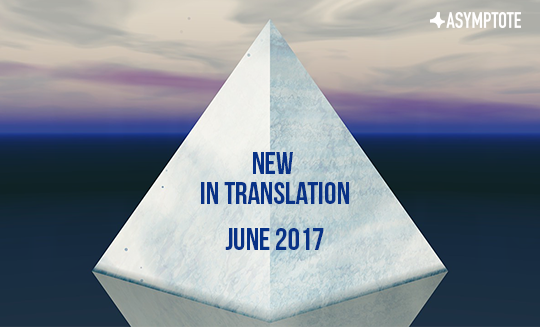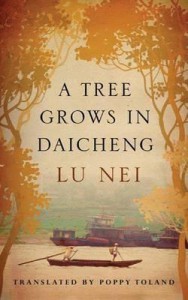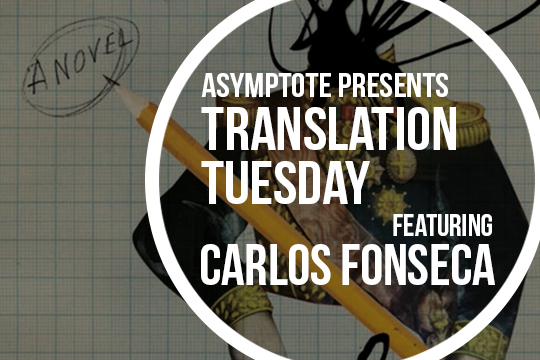This Translation Tuesday, we bring you an understated comedy of modern manners from the pen of Isaura Contreras, translated from the Spanish by Janet M. Izzo. As the on-again, off-again relationship between Mat and Sara blooms into anticipated parenthood, their coworkers Pablo and Lidia watch first with amusement, then anxiety. Their own relationship, so secure in comparison to Mat and Sara’s initial misfortunes, begins to seem stagnant and decayed in the face of the other couple’s renewed affections, and the prospect of new life. Will they reconcile themselves to their differences, or end up like the formerly-single Mat, whom they once so smugly counseled? If nothing else, the story is guaranteed to amuse anyone who has been forced to endure the antics of baby-crazed friends—read on!
Pablo and Lidia had started seeing each other the year before they saw Mat arm in arm with Sara, who had arrived at the office just three months earlier. They were both glad that Mat was dating someone after the tumultuous breakup with his fiancée. Nevertheless, they couldn’t help but wonder what Sara saw in him, even though they considered Mat a dear friend. Sara was clearly kind and attractive, candid and sweet, compared to a resentful and hostile guy, who took advantage of any opportunity to bring to light others’ misfortunes. Pablo and Lidia disregarded these embittered episodes, keeping in mind the four years they’d known him, especially the compassion that suddenly surfaced after the wedding was canceled. Mat, once recovered from the shock, described in a surge of sincerity, the painful weeks he searched for her without success. Pablo and Lidia rehearsed their best lines and witnessed how he recovered his arrogant walk. They discussed the huge favor they could do for him if they only dared, as good friends, to give him advice. Pablo would tell him how girls should be treated, with signs of affection and attention to small details, with compliments every morning, noticing their different hairstyles and the color of their eye makeup. All activities that, punctually and purposefully, he had managed to accomplish in his own relationship. Lidia would also tell him that it is important to put arrogance aside, to stop being explosive and antagonistic, authoritarian and worried about appearing sensitive. She would tell him that relationships are like plants that need to be watered, day by day, with care and devotion.




